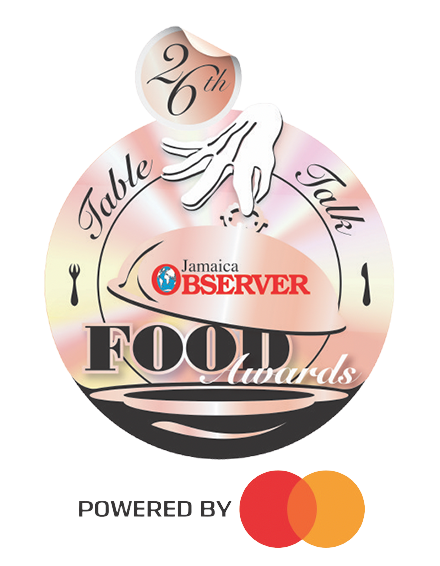Must-have Wines For Spring In Argentina: The Pink List
As the July-to-September winter period comes to a close in Argentina, the wines of the arriving spring season are pink and white with tasting notes that are refreshingly vivacious, and flavourful. Argentine rosés are well-consumed in the domestic market and automatically become the perfect wine for any occasion in spring. This variety of wines has also become more refined over the last two decades and as a result, the wines on the market today are very different from those that were made 10 or even 20 years ago. Then, the rosés were full of colour, high in alcohol and often very sweet. Today, however, they are fresh, subtle, delicate wines that are very drinkable with a refreshing acidity.
A rosé is a type of wine that incorporates some of the colour from the grape skins, but not enough to qualify it as a red wine. Rosé happens when the skins of red grapes touch wine for only a short time, ie, whereas some red wines ferment for weeks at a time on red grape skins, rosé wines are stained red after just a few hours. The pink colour can range from a very pale orange to a vivid near-purple hue, depending on the grape varieties and winemaking techniques used. Normally, the wine is labelled rosé in French, Portuguese, and English-speaking countries, rosado in Spanish, or rosato in Italian and can be made still, semi-sparkling or sparkling with a wide range of sweetness levels from a wide variety of grapes.
Rosé production began in Provence, France, over 2,500 years ago when ancient Greeks, known as the Phocaeans, founded and brought grape vines to the colony of Massalia (modern-day Marseille). With global production increasing annually, this type of wine is best enjoyed young, while still fresh and fruity. Despite being somewhat of an unsung wine in the past, palates have evolved considerably with consumers opting for dry, pale wines over the previously favoured dark and sweet options. In fact, the accelerated demand for Argentine rosés has led to annual growth in exports for this variety.
According to a report from the Argentina National Institute of Viticulture, rosé wines represent 4.2 per cent of sales in the domestic market and 3.9 per cent of exports. In 2021, 48 million litres of these wines were sold with 73 per cent destined for the domestic market while 27 per cent was exported. The report also highlights that rosé exports continue to increase year after year as in 2021, 85.8 per cent more were exported than in 2015. Rosé wines produced in Argentina were exported to 89 countries (according to 2021 data) with Paraguay the main destination in volume, importing 38 per cent of the total, and 12.3 per cent of the value. Meanwhile the United States, the United Kingdom and Brazil lead in value, importing 36.4 per cent of the volume and 50.2 per cent of the value. Internationally, total sales generated from this particular type of wine were US$24.7 million dollars in 2021.
Globally, rosé wines represent 10 per cent of total world production with consumption surpassing 23.6 million hectolitres mainly in France (35 per cent), the US (15 per cent) and Germany (seven per cent). France leads the worldwide trade in value while Spain leads in volume, with special significance being the sales of the former to the US and of the latter to France itself. The top rosé wine varietals exported from Argentina in 2021 were: Malbec, Malbec-Syrah and Syrah, while in the local market the most consumed are: Malbec, Syrah and Torrontés Riojano-Syrah. Today we will feature four award-winning rosés that herald the start of the Argentine blooming season.
The Alpamanta Breva Rosé Syrah is a 100 per cent Syrah that is produced by Alpamanta Winery in the Lujan De Cuyo region of Mendoza, Argentina and winner of a bronze medal at the recent 2022 Decanter World Wine Awards (DWWA) scoring 86 points. This rosé has aromas of white peach, apricots, and pink flowers while in the mouth, it has good volume and a firm and sweet finish.
The Fairtrade Shiraz Rosé is produced by La Riojana Winery on vineyards located in the picturesque Famatina Valley of La Rioja province, Argentina. This wine was the winner of a bronze medal at the 2022 Decanter World Wine Awards with a score of 87 points. On the nose, this elegant 100 per cent Shiraz varietal is floral and aromatic while on the palate, it has a vibrant, fruity taste with a neat acidity.
La Celia Rosé, which also scored 87 points at the 2022 DWWA earning itself a bronze medal, is produced by Finca La Celia in Mendoza’s Uco Valley region of Argentina. Comprising 80 per cent Pinot Noir and 20 per cent Pinot Grigio, this wine is delicate with aromas of bright fresh fruits and flowers while in the mouth, the taste has a crispy, persistent finish.
The Organic Fairtrade Rosé is produced by Bodega Argento from vineyards located in the Uco Valley region of Mendoza, Argentina and was a silver medal winner scoring 91 points at the 2022 DWWA. Perfumed and fragrant, this rosé is 80 per cent Malbec and 20 per cent Pinot Grigio which gives it a lovely red fruit scent on the nose with delicious fruit and textured acidity on the palate.
As the fifth-largest wine-producing country globally, Argentina, long-known for its Malbec, is also making quite a name for itself with its rosés. The wine’s freshness and crisp flavour make it a great pairing for white meat dishes, fish and other seafood, fresh green salad, spicy food, and soft cheeses.
Be sure to get your copy of Thursday Food next week when we conclude this series with Part 2 — The White List.

